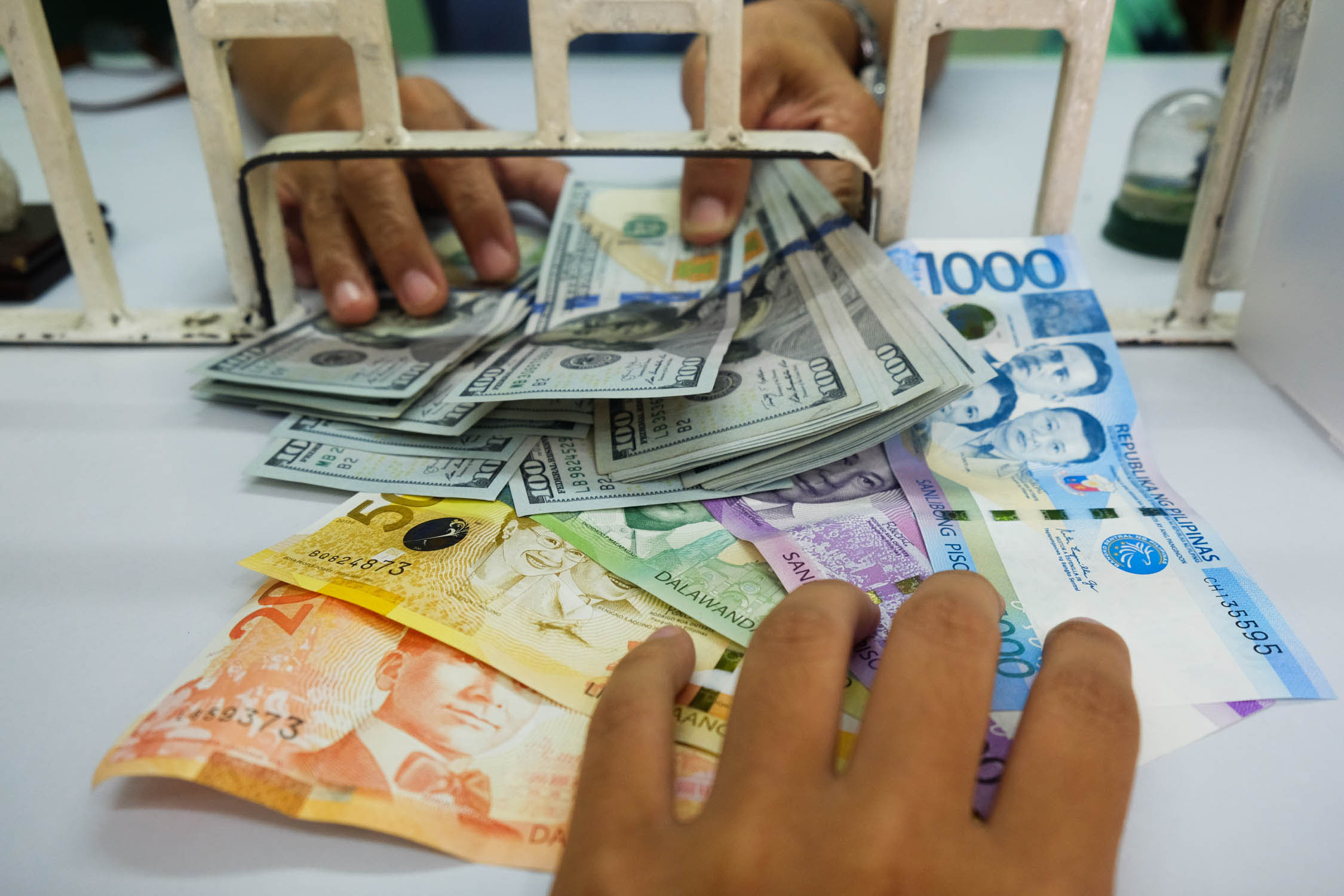A peso depreciation to record-low 59:$1 “looks likely” as the currency continued to be overpowered by a rallying dollar, although a deeper fall beyond that level is unlikely as the Bangko Sentral ng Pilipinas (BSP) stands ready to defend the local unit, Dutch financial giant ING Bank said.
In a commentary, ING said a further peso weakness can be mitigated by a smaller import bill amid easing global oil prices, and the BSP’s “historical preference” to defend the 59-level.
The central bank can avert a sharp currency depreciation by selling some dollars in its international reserves, which amounted to $112.43 billion in October.
“PHP (Philippine peso) was one of the worst performers in Asia last month, with rate cut expectations by BSP next month adding fuel to the fire,” ING said.
“A move to 59 looks likely, however further downside in the near-term should be limited,” it added.
Strong dollar trend
The peso is currently trading past the 56 to 58-per dollar assumption of the Marcos administration for this year, as the greenback continues to enjoy “safe-haven” demand in the aftermath of Donald Trump victory in the recent US presidential elections.
And some analysts believe that the BSP might have to slam the brakes on its interest rate cuts should the peso remain under pressure. Simply put, hitting pause on monetary easing might temper capital outflows that could further weaken the local currency.
In October, the BSP cut the policy interest rate by a quarter point again to 6 percent, with Governor Eli Remolona Jr. dropping clear hints of additional—but gradual—easing moves until the key rate falls to 4.5 percent by the end of 2025.
Dovish cycle
Remolona had said a 25-basis point (bp) cut at the Dec. 19 meeting of the Monetary Board was “possible.” Overall, the BSP chief did not rule out the possibility of additional cuts cumulatively worth 100 bps in 2025.
ING said additional easing moves would be justifiable at this point, as the weaker-than-expected gross domestic product (GDP) growth in the third quarter increases the urgency to provide additional support to the economy.
“We therefore continue to expect BSP to cut rates by 25 bps in December, driven by softer growth momentum as reflected in the [third quarter] GDP growth reading,” the bank said. —Ian Nicolas P. Cigaral
